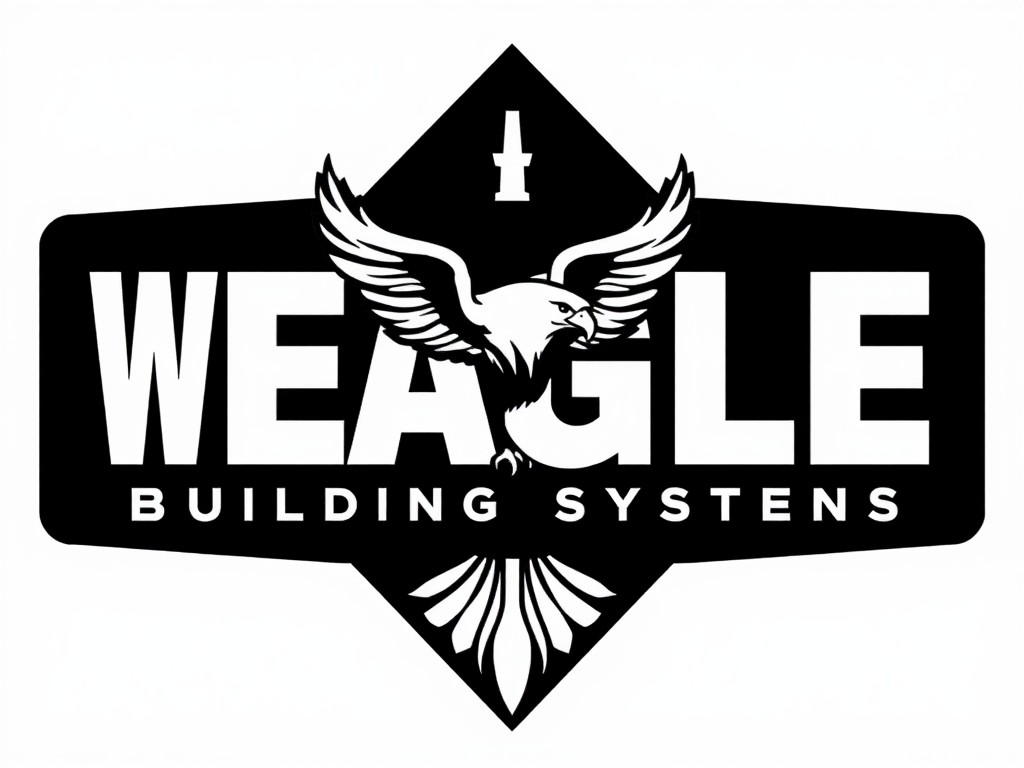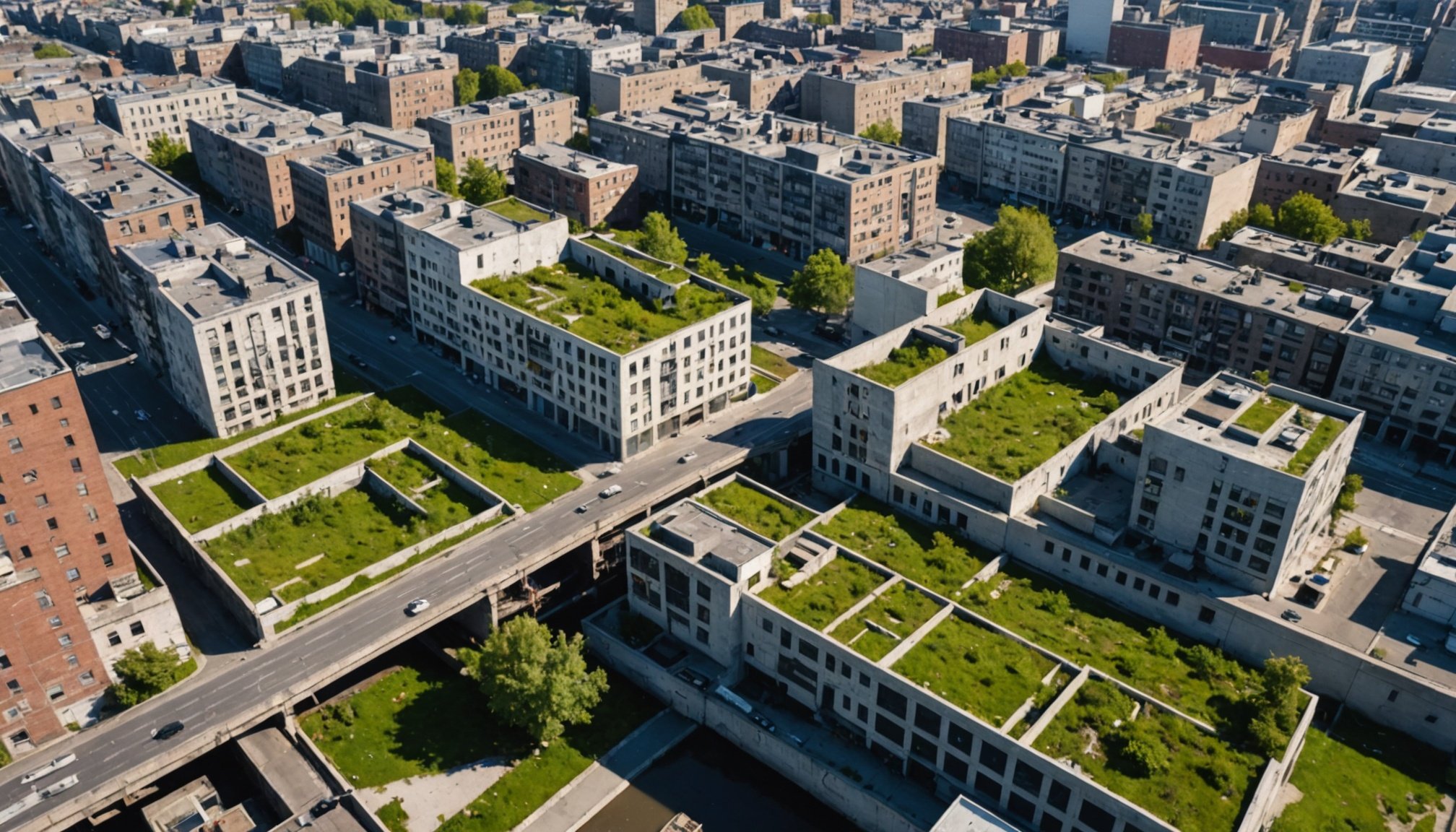Understanding the Importance of Urban Space Revitalization
Urban revitalization is crucial in transforming neglected and abandoned spaces into thriving community assets. Such efforts help combat the adverse effects of urban decay, which often lead to a decline in community health, safety issues, and economic stagnation. By addressing these abandoned spaces, revitalization initiatives contribute positively to the community’s overall well-being.
The transformation of these areas fosters a safer environment, encouraging public engagement and enhancing community spirit. Revitalized spaces are known to boost community impact by providing residents with a sense of pride and ownership. Moreover, these areas become catalysts for social interactions and cultural activities, bringing people together and strengthening community bonds.
In the same genre : Exploring Creative Financing Solutions for First-Time Homebuyers in Expensive Markets
The economic benefits linked to urban renewal are significant. Revitalization attracts businesses and investors, creating job opportunities and increasing local revenue. This economic upturn often leads to improved infrastructure and public services, further enhancing the quality of life for residents. In essence, urban revitalization not only addresses physical deterioration but also fosters a vibrant, economically sustainable community.
Emphasizing the importance of urban space revitalization highlights the diverse advantages it brings. The renewed focus on transforming neglected areas can inspire innovative solutions and collaborations, demonstrating that urban revitalization is not merely a cosmetic change, but a foundation for future prosperity.
Also to see : Exploring the Advantages of Modular Construction for Swift Development in Emergency Situations
Case Studies of Successful Urban Space Transformations
Exploring examples of urban transformation can offer invaluable insights into how cities successfully revitalise spaces. Each case study showcases design innovation that targets not just aesthetics, but also community and economic uplift.
Example 1: The High Line, New York City
The High Line illustrates successful urban transformation by converting an abandoned railway into a thriving public park. The design and implementation embraced green architecture, making it a pedestrian haven above the bustling streets. This has not only invigorated local economies but also improved property values in the area. The community and economic impacts were profound, drawing tourists and fostering local businesses. Lessons learned include leveraging historical structures and engaging communities early in the design process, offering a scalable model for other cities looking to replicate such success.
Example 2: Millennial Park, Chicago
Once a neglected industrial site, Millennial Park now stands as a beacon of urban rebirth. Revitalisation involved incorporating iconic design innovations like “Cloud Gate” centerpiece and sustainable landscaping. The park prioritised community engagement, ensuring that design features aligned with local needs and preferences. Sustainability measures were integral, translating into long-term ecological and economic benefits.
Example 3: The 606, Chicago
In Chicago, The 606 illustrates a successful case study of revamping a former rail line into a cherished community trail. The transformation faced challenges like funding and logistics but succeeded through community involvement and strategic planning. It has revitalised neighborhoods economically, boosting local small businesses and property values.
Innovative Design Ideas for Repurposing Urban Areas
Repurposing urban areas involves innovative design strategies that transform spaces to better serve communities. A significant trend is the integration of green infrastructure, like green roofs and urban gardens, which not only improve aesthetics but also help manage stormwater, reduce heat, and increase biodiversity. This type of urban innovation creates a sustainable environment that benefits both nature and residents.
Art and culture also play a crucial role in creative repurposing. Incorporating murals, sculptures, and performance spaces into public areas can greatly enhance them. These elements add cultural value and create vibrant communities, encouraging social interaction and local pride. They serve as visual narratives that connect people to the history and future of their city.
Multi-functional design is another key aspect, addressing varied community needs within a single space. Spaces that adapt to different activities – from markets to social gatherings – exemplify urban innovation by maximizing utility. They offer platforms for events, leisure, and commerce, promoting inclusivity and flexibility.
In summary, innovative design strategies that incorporate green infrastructure, artistic elements, and multi-functional capabilities can dramatically reshape urban areas. These urban innovations not only refurbish spaces but also enrich community life, ensuring sustainable, engaging environments for all.
Engaging the Community in Revitalization Efforts
Active community engagement is critical for successful revitalization projects. When stakeholders are involved in project planning, they bring unique insights that reflect the community’s needs and preferences. This ensures that the initiatives are relevant and sustainable. Participatory design is a method that empowers local residents. By involving them in the decision-making process, they feel a sense of ownership and responsibility towards the project.
Local involvement can be enhanced through diverse strategies. Holding town hall meetings is an excellent approach to gather feedback and understand the community’s vision. Additionally, social media can be leveraged for wider reach and continuous interaction. Feedback mechanisms must be clear and accessible, ensuring everyone has a voice.
Educational programs play a pivotal role in community engagement. They raise awareness about the project’s benefits and encourage support. Offering workshops on environmental sustainability or urban planning can enrich residents’ understanding and foster a collaborative spirit. School programs can further instil a sense of civic duty in younger generations.
Overall, by prioritising stakeholder involvement and utilising participatory design, projects can attain a harmonious balance between municipal goals and community interests. This, in turn, cultivates a thriving, engaged community dedicated to ongoing development.
Challenges in Revitalizing Abandoned Spaces
Revitalizing abandoned spaces is fraught with numerous challenges. Urban planners often encounter unexpected hurdles that can delay or even derail projects. One significant barrier is identifying and securing sustainable funding. Financial limitations can constrain progress, necessitating creative financing solutions, such as public-private partnerships, grants, or community fundraising efforts.
Moreover, regulatory and zoning challenges frequently emerge. These obstacles may include navigating intricate zoning laws, obtaining necessary permits, and dealing with environmental regulations. Each step requires an in-depth understanding of local policies and a strategic approach to meet regulations while maintaining the project’s vision. These requirements can vary significantly depending on the region, adding complexity to the planning process.
Project management should anticipate these common barriers and plan accordingly. For instance, conducting thorough feasibility studies can help identify potential issues early on. Collaborating with local authorities can also ease the process of obtaining permits and aligning the project with community objectives.
Understanding these project obstacles is crucial for successful urban development. By anticipating financial, regulatory, and logistical challenges, project leaders can prepare strategies to overcome them, ensuring more sustainable and effective revitalization of neglected spaces. This holistic approach not only benefits urban landscapes but also enriches community life by breathing new potential into forgotten areas.
The Broader Impacts of Urban Revitalization
Urban revitalization brings numerous social benefits to communities, enhancing the overall quality of life for residents. By investing in infrastructure, public spaces, and housing, these projects foster safer, more connected neighborhoods. They often result in increased access to amenities such as parks, community centers, and public transportation. This encourages community interaction and cohesion, reducing crime rates and contributing to a sense of belonging for residents.
Moreover, urban revitalization has significant environmental advantages. Promoting environmental sustainability, such projects incorporate green building practices, energy-efficient designs, and sustainable resource management. These efforts lead to reduced pollution levels and improved air quality, encouraging healthier urban living. Additionally, efficient land use planning and green spaces reduce heat effects, enhancing urban biodiversity and the overall climate resilience of cities.
From an economic perspective, urban revitalization stimulates growth by attracting new businesses and boosting local economies. Revitalized areas often experience increased property values and attract diverse businesses, leading to job creation and economic opportunities for residents. This economic growth contributes to higher tax revenues, enabling further investments into community infrastructure and services. As a result, residents enjoy a higher quality of life, with better access to employment and educational opportunities, fostering long-term prosperity.











